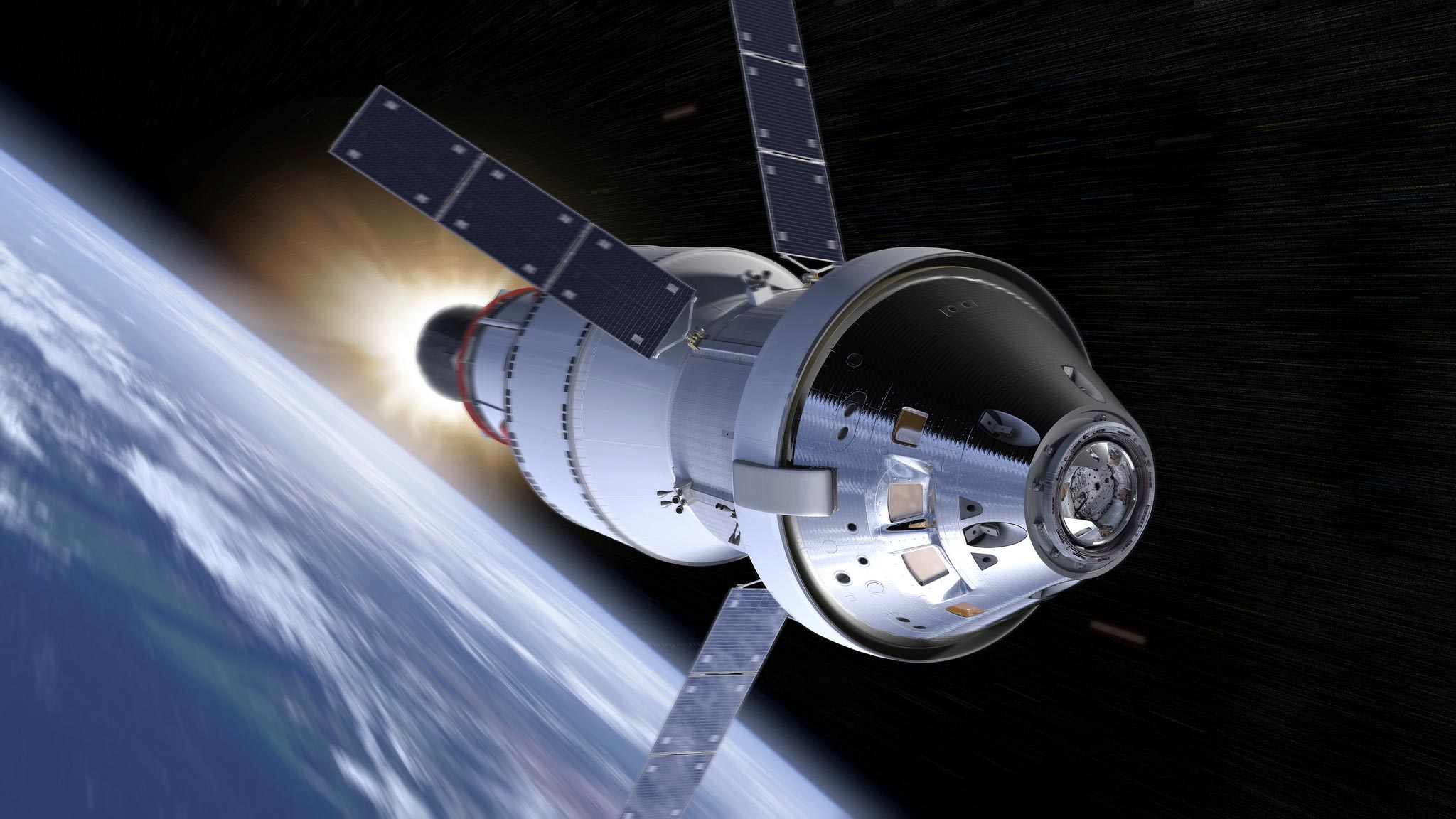
Agregue su nombre aquí para incluirlo en una unidad flash que volará a bordo del Artemis I.
Artemis I será la primera prueba de vuelo no tripulado del cohete Space Launch System y la nave espacial Orion. ¡El viaje allana el camino para el aterrizaje de la primera mujer y la primera persona de color en la luna!
Rellena el formulario aquí: Envía tu nombre con Artemis
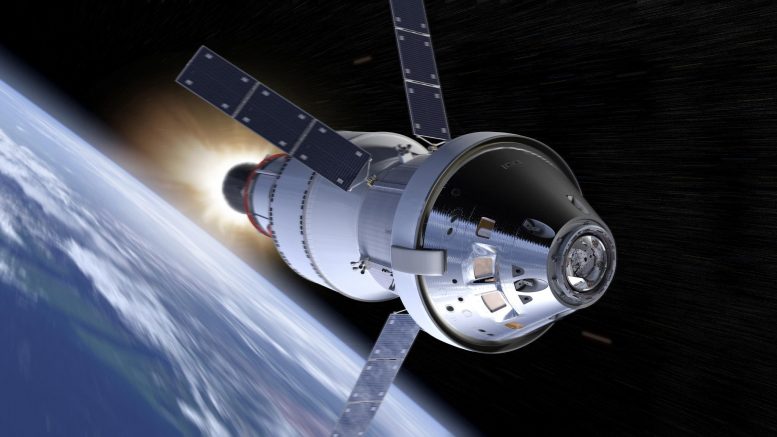
Durante el viaje de Artemis I, Orion se aventurará miles de millas más allá de la Luna durante una misión de casi tres semanas. crédito: NASA
Todos los ojos estarán puestos en el histórico Complejo de Lanzamiento 39B y el Sistema de Lanzamiento Espacial (SLS) de Orión.[{” attribute=””>SLS) lift off for the first time from NASA’s modernized Kennedy Space Center in Florida. The mission will demonstrate our commitment and capability to extend human existence to the Moon and beyond.
Artemis I will be the first in a series of increasingly complex missions to build a long-term human presence at the Moon for decades to come.
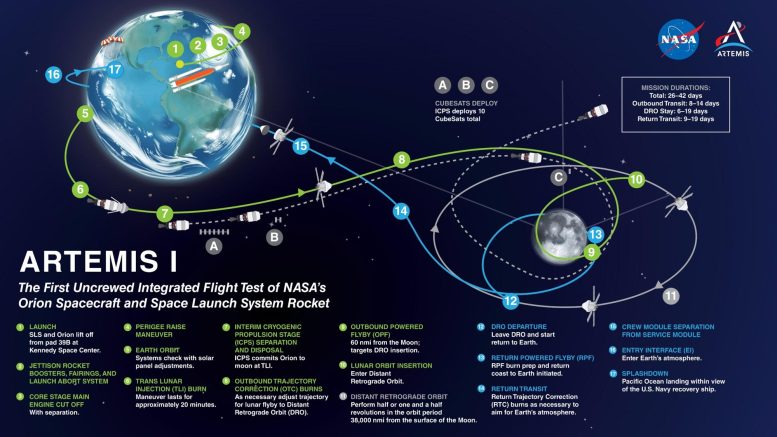
Artemis I will be the first integrated flight test of NASA’s deep space exploration system: the Orion spacecraft, Space Launch System (SLS) rocket and the ground systems at Kennedy Space Center in Cape Canaveral, Florida. The first in a series of increasingly complex missions, Artemis I will be an uncrewed flight that will provide a foundation for human deep space exploration, and demonstrate our commitment and capability to extend human existence to the Moon and beyond. During this flight, the uncrewed Orion spacecraft will launch on the most powerful rocket in the world and travel thousands of miles beyond the Moon, farther than any spacecraft built for humans has ever flown, over the course of about a three-week mission. Credit: NASA

“Futuro ídolo adolescente. Explorador amigable. Alborotador. Especialista en música. Practicante ávido de las redes sociales. Solucionador de problemas”.


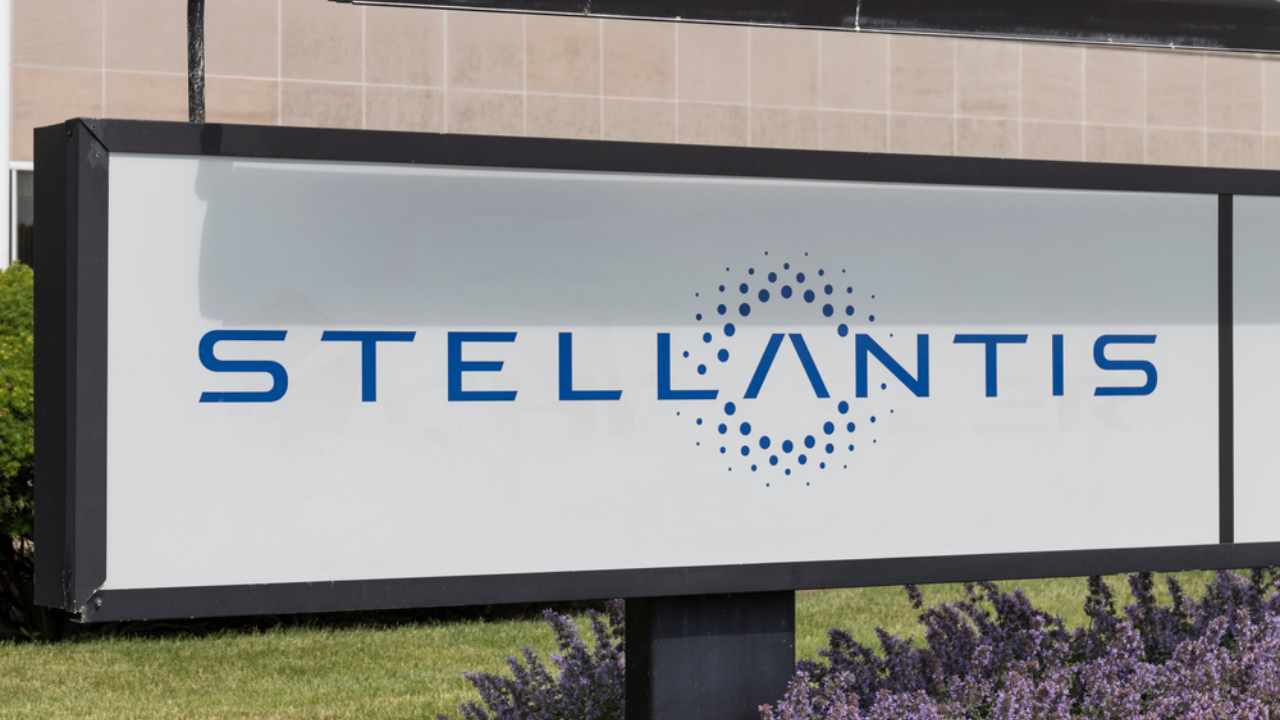
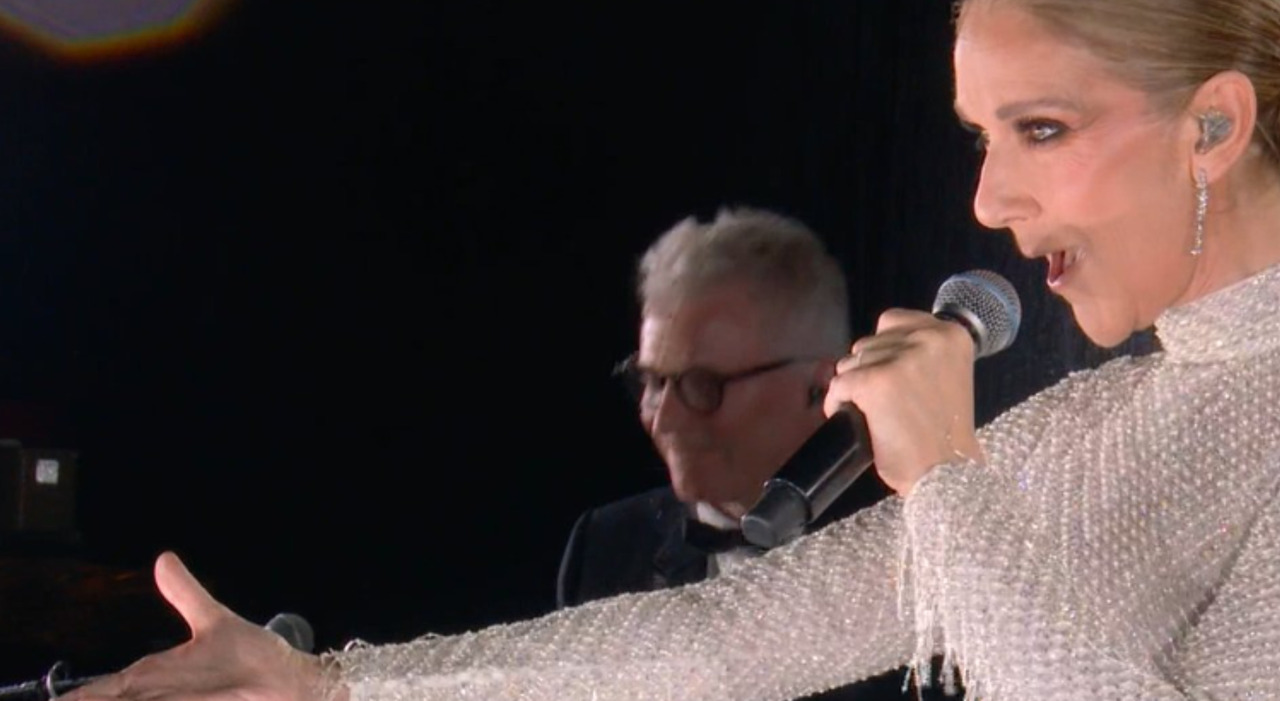

More Stories
Lo que hay que saber sobre variantes, síntomas y pruebas – Telemundo Washington DC (44)
El rover Perseverance de la NASA ha encontrado una roca en Marte que puede indicar vida antigua
Los científicos descubren “oxígeno oscuro” que se produce sin luz en las profundidades del océano